Have you noticed how some cars “drive better” than others? Noise, vibration and harshness are the most likely reason. Here, we are going to present them to you
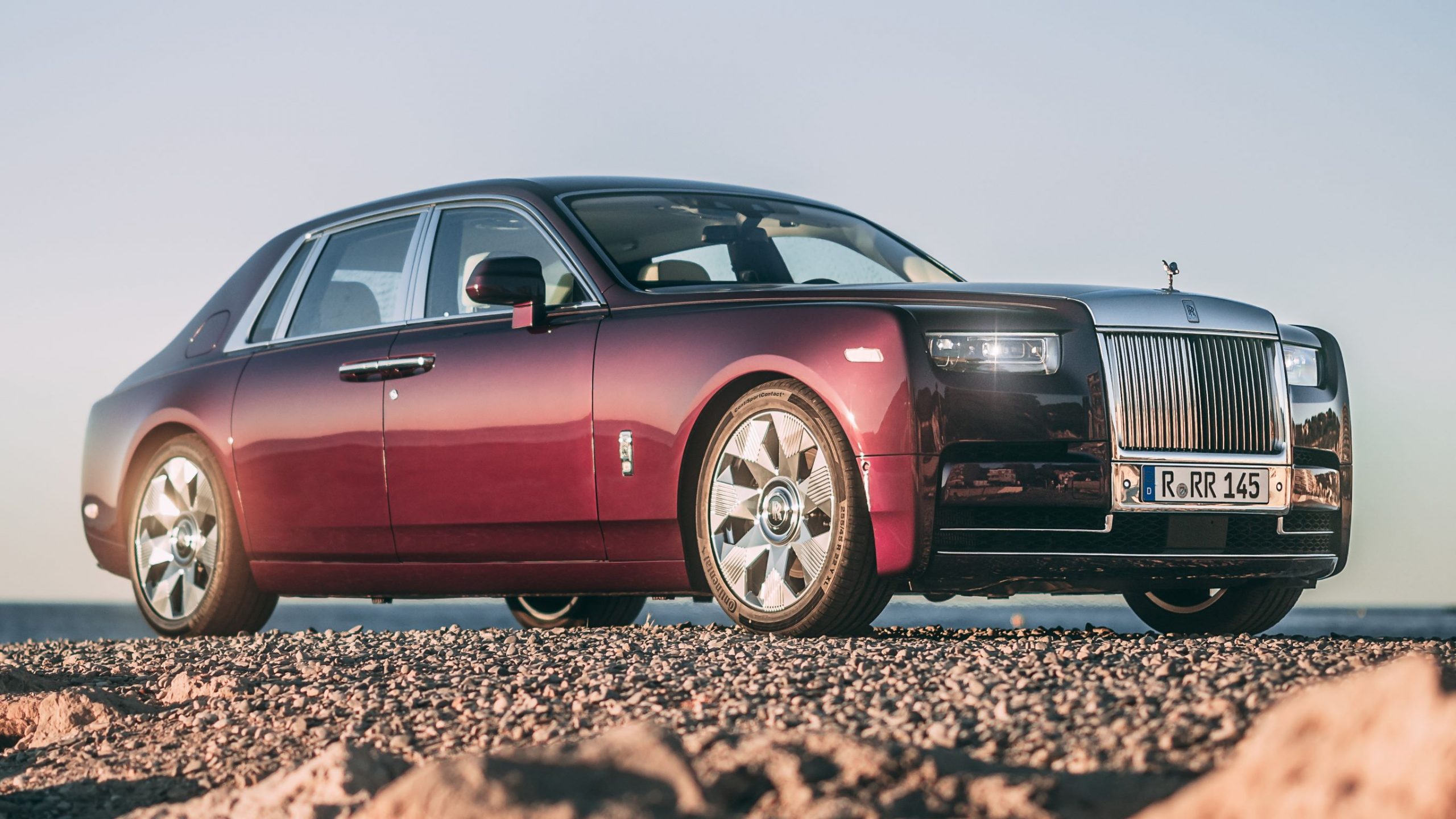
Talking about the technical specifications of a car often leads us to acceleration time, braking distance, energy consumption, and top speed. While those parameters are clearly important, we also have to admit that they are only relevant all the time in video games. In everyday use, there are other priorities.
Noise, vibration and harshness are important in prolonged use. They concern sources of energy which the occupants continuously absorb. Studying and controlling them is not only a matter of building a premium feeling for the car. They have direct impact on the occupants’ well-being and health over years of use.

Noise
The most obvious source is the car’s engine. We are talking about cylinders executing small explosions at the rate of thousands per minute. Enthusiasts enjoy it to the point of identifying an engine from the noise it makes. However, even they agree that it is only pleasant when sent to the cabin within a certain level.
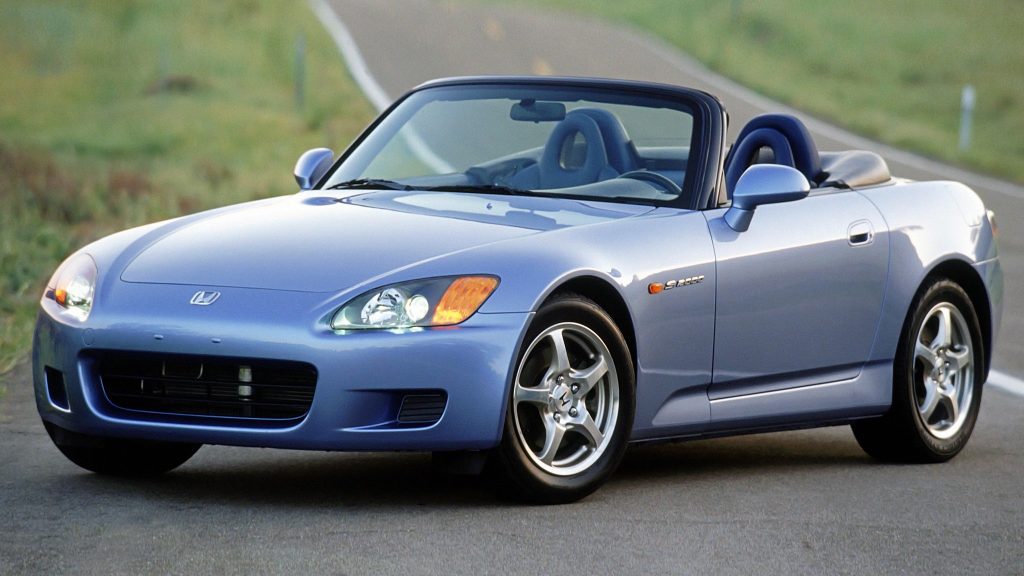
Other sources of noise come from the very movement. The car continuously pierces air and drags it over its body. Its tires roll over asphalt (or sand, gravel, mud etc.) at high speeds. And there are countless small parts physically interacting with one another. Some sources are louder than others, but they are many.
At first, noise bothers people by not letting them chat in the cabin. However, it can also affect the driver’s focus on the road. In some cases, they even develop symptoms of anxiety over time. That stems from the fact that the body is continuously receiving sound energy. At some point, it just cannot take it anymore.
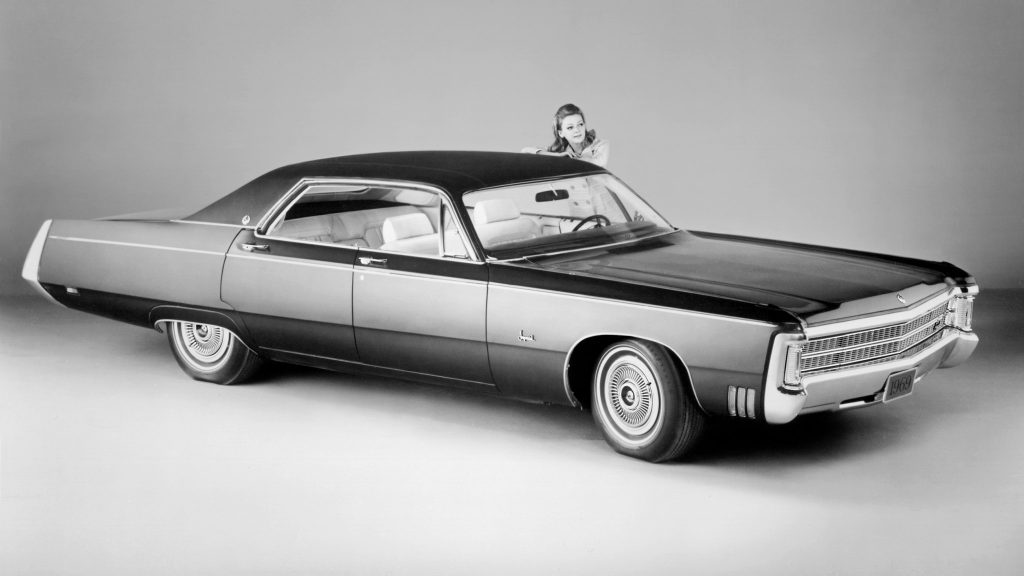
Noise control
The best tool is to limit the number of sources. Simple mechanical chains and refined external design play a major role in this. Sometimes, design tweaks like adding side spoilers redirect the air flow in a way that minimizes turbulence and, as a result, noise. Systems with fewer movable parts are often more silent, too.

One can also isolate noise from the source. Using hydro-pneumatic links between suspension and chassis, mounting components on polymer bushes, and using double-pane windows are only some of the devices which companies may use. Sound-deadening materials like foam and rubber are usually the last resort.
While suppressing noise is often desirable, it comes at a cost. Applying those resources increases the cost and, in many cases, the weight. They tend to be more common in high-end cars because their powertrain is strong enough to withstand such additional loads. Besides that, their profit margins are more flexible.

Vibration
While you hear noise, you physically feel vibration. It is an oscillating movement that, in theory, emanates from whatever object that leaves its position of equilibrium. In a car, the main source is the engine and its explosions. Isolating them is one of the biggest challenges an automaker faces when designing engines.

Parallel to that, vibration appears every time the car bumps against something rigid on the road. The only reason we feel only one bump, instead of a vibrating effect, is the heavy action of its tires and suspension. That quick and smooth dissipation comes from a complex chain of several different mechanical parts.
Just like noise, too much vibration causes discomfort from the very first moment. Over time, it may cause headaches and much more serious issues. As if that was not enough, loose components set on a vibrating surface create rattling. Vibration can generate additional noise and accelerate wear on some components.

Vibration control
With the exception of aerodynamic drag, we are working with the same sources as in the previous topic. Vibration in cars comes from the physical interaction of parts, so dampening that interaction goes a long way. Hydraulic and pneumatic links between components, flexible materials for bushes… all that helps.
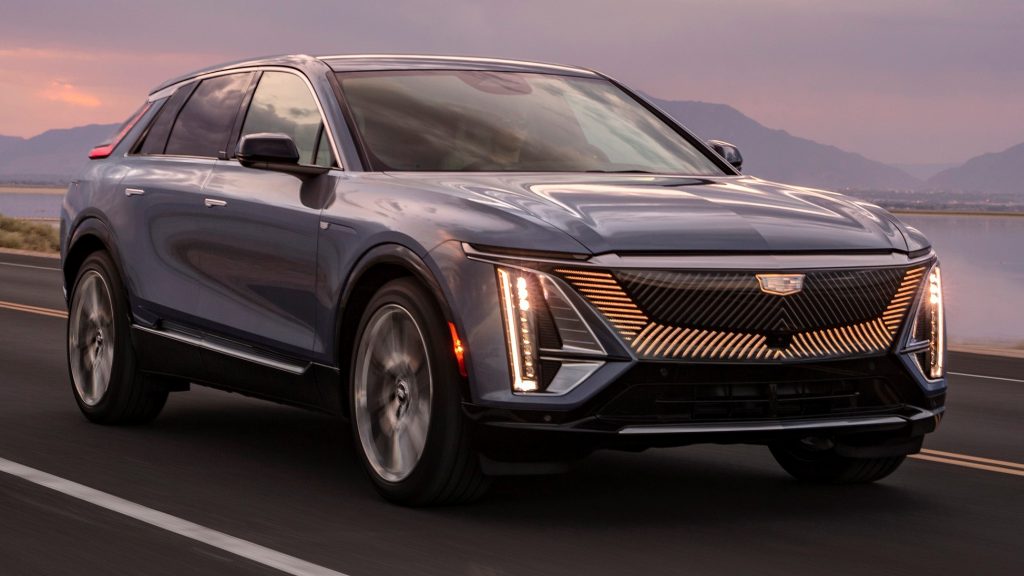
We no longer talk much about this topic because the industry has already done much. The very adoption of flexible suspensions proves that. You can easily simulate the difference by moving a shopping cart or a suitcase on a regular street. Their wheels use rigid axles and transmit every single bump to your hands.
Thermal engines bring another important source: the rod ratio. The figure comes from dividing the stroke by the length of the connecting rod. It is a geometric relationship between several parts of a cylinder that indicates how much side forces the piston exerts. The higher it is, the less smoothly the engine will run.

Harshness
While those other topics have clear sources and can be objectively measured, harshness is subjective. It is the global effect of noise, vibration and impacts on the car’s occupants, especially over time. That nature has made many authors change the name from NVH to N&V and consider harshness only conceptually.
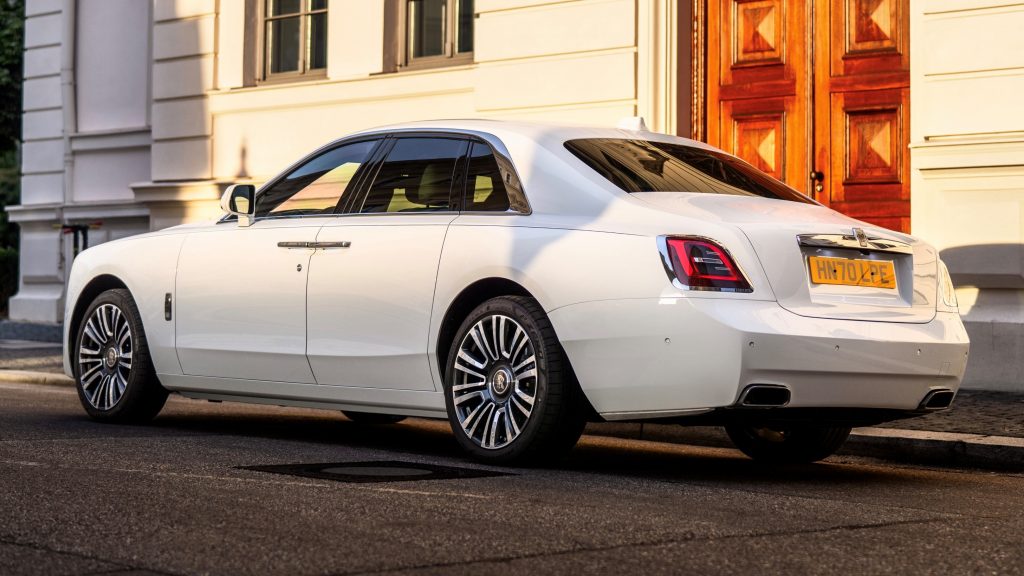
As the name suggests, harsh cars are unpleasant. You cannot hold a conversation or even admire the view because there is always something to distract. Drivers have to force themselves to ignore that, in order to focus on the road, so that gives them additional stress. Mental and physical stress to the same extent.
Everyone can stuff comfort and entertainment items into a car. What truly distinguishes high-end ones is their overall smoothness; driving them is peaceful and predictable. You can focus on the road because the car will act as your extension, executing your commands without distracting or disturbing you in any way.
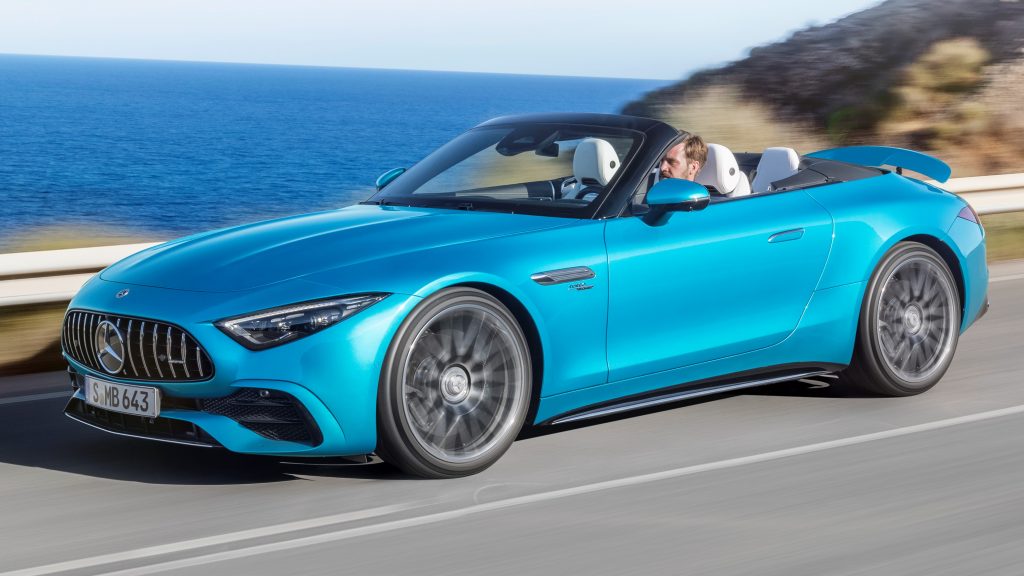
Latest advancements in NVH
As hard as it works, there is only so much the car industry can do. Noise and vibration come from the very existence of the car in the real world and its use of mechanical components. At some point, reducing its harshness demands solutions that make it heavier and more expensive, so it is necessary to find balance.
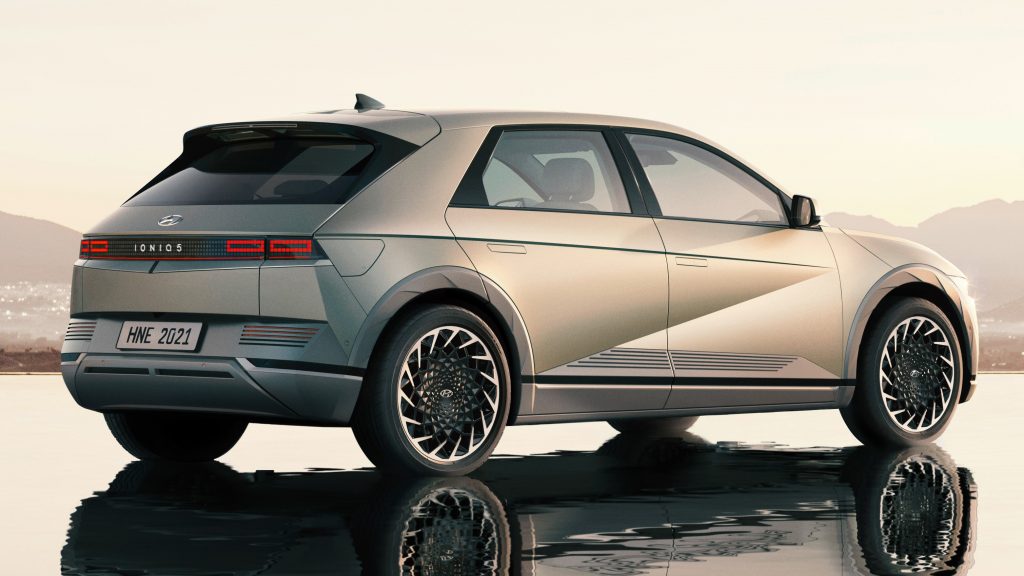
When it comes to noise, a newer solution has come from headphones: active noise cancellation. In other words, the car’s sound system identifies the noise’s sound waves and emits opposite ones, so they cancel one another. That trick has made cabins so silent that some occupants actually find it weird for a car.
Vibration is more difficult to counter because, as we have seen, it comes from the use of thermal engines. However, we happen to be living the rise of electrified cars. Their most noticeable difference is that their electric motors make virtually no noise or vibration. That change leads us to another part of this article.
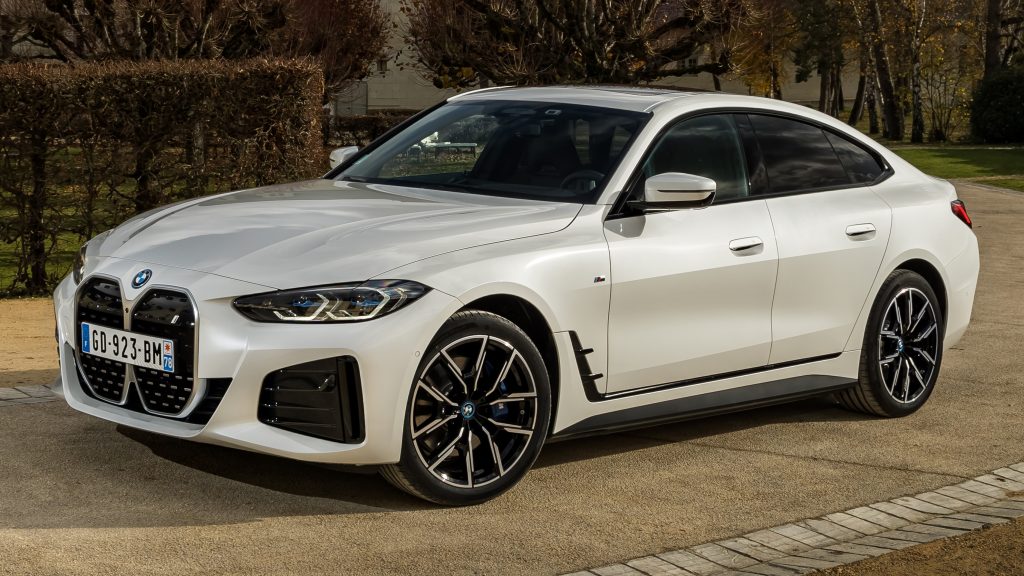
NVH in electric cars
ICE engines are the main source of noise, vibration and harshness in a car, sure. But removing them does not mean the problem is magically solved. On the contrary, that just sheds light on the other sources we have mentioned. Those are the new challenges the industry is going to face in the age of electric cars.
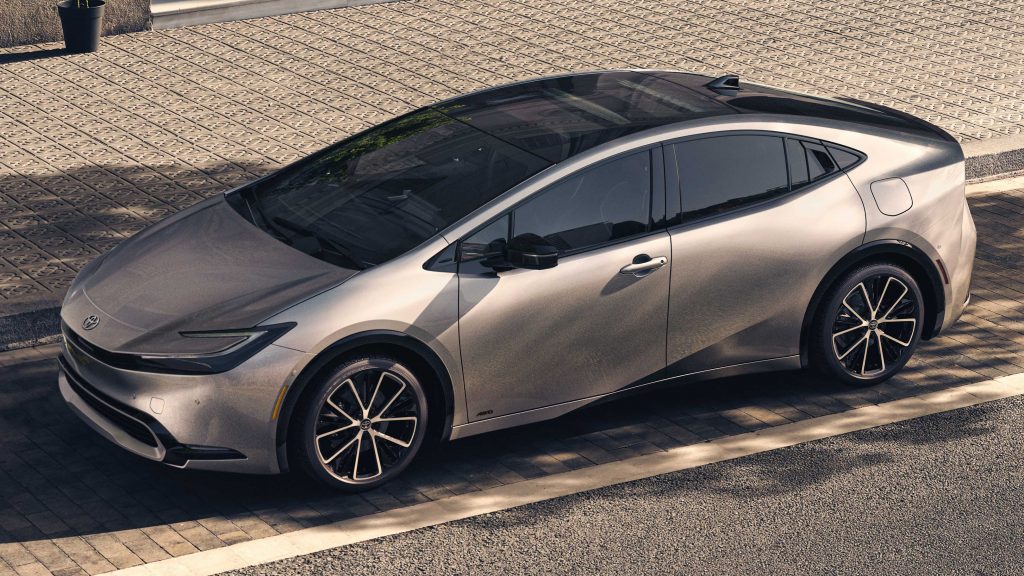
Aerodynamics and tires have become the new top targets. That is interesting because makers are already investing in them for energetic efficiency. Dedicated hybrid and electric cars like the Nissan Leaf and the latest Toyota Prius have several design modifications and use high-tech tires precisely because of that.
Other than that, any rattling noise becomes easier to notice. It is necessary to apply smooth materials and padded surfaces in the cabin to prevent dry noises like that. Besides, sound dampening material is a norm to isolate components such as suspension and brakes. Fortunately, that turns out to reduce vibration too.

Now, you have read a lot about noise, vibration and harshness. We believe that this knowledge will help you identify the real differences between high-end and low-cost cars. More importantly, we hope you can apply that next time you shop for a car. Your body and the people traveling with you will appreciate it!



